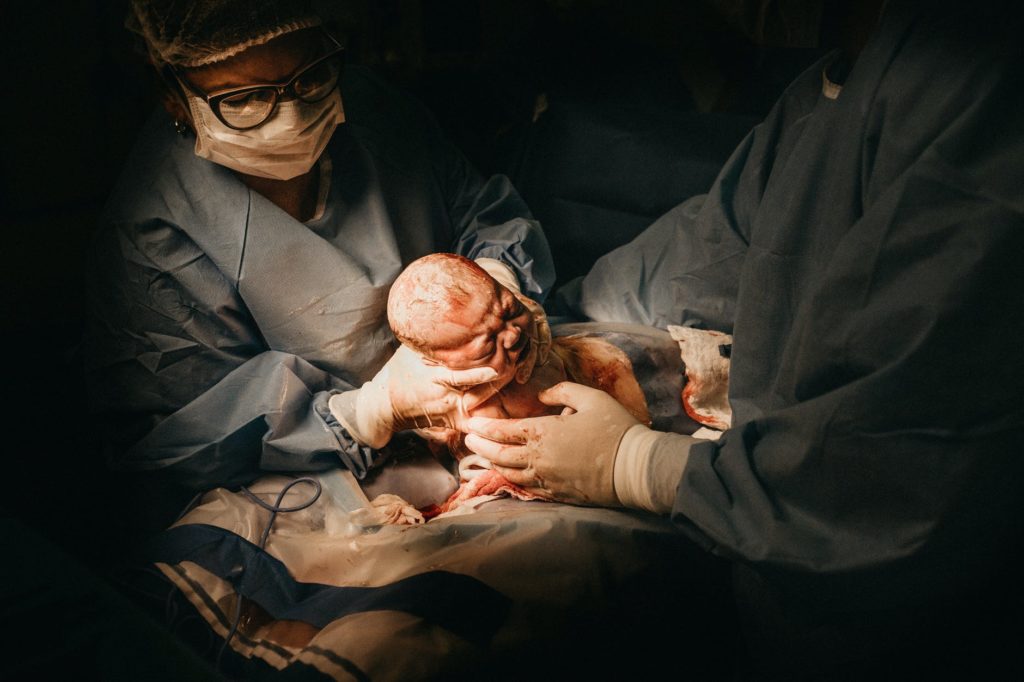
Around the world, an estimated 6.2 million avoidable cesarean sections (CS) are performed each year, costing an estimated 2.3 billion dollars. A CS rate of more than 19 percent is connected to higher maternal and infant mortality, according to data from 194 countries. In a review of 159 countries, no reductions in maternal or neonatal mortality were reported with CS rates surpassing 10%. According to these findings, a CS rate of 10 to 19% is ideal.
Cesarean section rates are greater than recommended in most high- and middle-income nations, and they are continuing to rise. Educating clinicians and patients on the benefits of vaginal delivery and the hazards of needless Cesarean sections, as well as ensuring that physicians seek a second opinion before proceeding with surgery, are just a few of the measures that have been tried to reduce Cesarean section rates. The majority of these techniques have not been connected to substantial reductions in Cesarean section rates.
Because attitudes toward birth are formed before to pregnancy and may be influenced by modifiable factors such as birthing fear and lack of understanding about pregnancy and birth, interventions aiming at lowering the Cesarean section rate should begin before women and men become parents.
While pregnant women are normally well-educated about the short-term effects of a cesarean section, they are less aware on the long-term effects of a C-section — not just on their health and that of their baby, but also on their capacity to have future pregnancies.
Long-term gynecological complications
Surgical adhesions, pain, infertility or subfertility, irregular bleeding, uncomfortable intercourse, painful menses, and endometriosis are only a few of them. These chronic disorders frequently necessitate close monitoring or surgical intervention, such as a laparotomy or endoscopic investigation with hysteroscopy, laparoscopy, or robotic assistance. These operations come with an increased risk of consequences due to unanticipated issues.
Chronic pain
The surgical procedure may play a role in the risk of pain. Nerve entrapment, pelvic adhesions, uterine scar defects, and endometriosis may occur as a result of emergency Cesarean deliveries, abdominal incision selection, closure versus nonclosure of the visceral or peritoneal incision, and uterine closure technique. As the number of Cesarean delivery rises, so does the risk of pain.
Irregular bleeding
The incidence of cesarean uterine scar defect, or “niche,” is rising at the same time as the long-term gynecological consequences, such as dysmenorrhea, irregular uterine bleeding, infertility, and improper placentation in subsequent pregnancies.
Neonatal morbidity
There is emerging evidence that neonates born by CS may experience altered immune development, reduced intestinal microbiome, late childhood obesity and asthma. Continuing investigation is needed to further strengthen the evidence. Adverse perinatal events in women with previous cesareans are primarily related to prematurity and related complications. Compared to infants born vaginally, infants born by CD are more likely to have respiratory symptoms and to need NICU care
.

Recent Comments